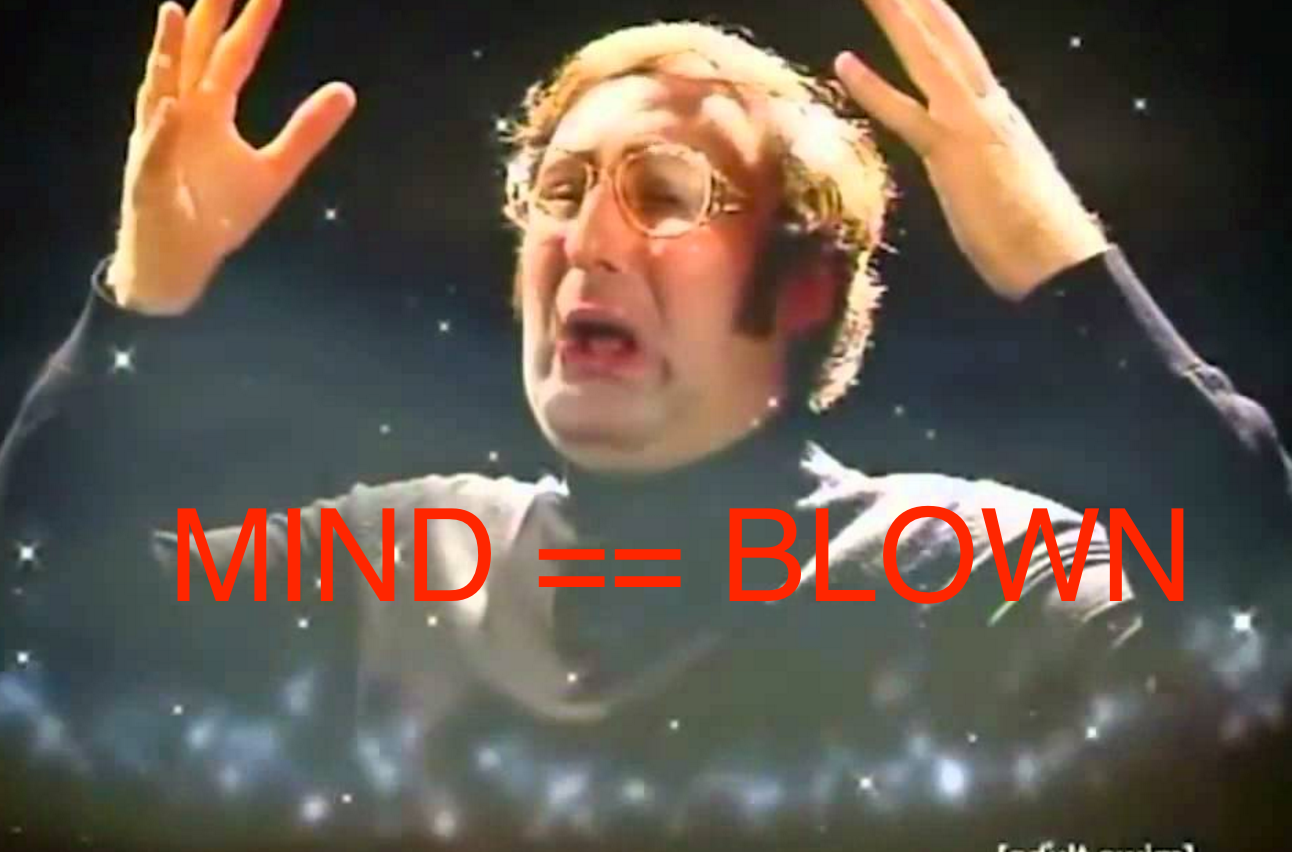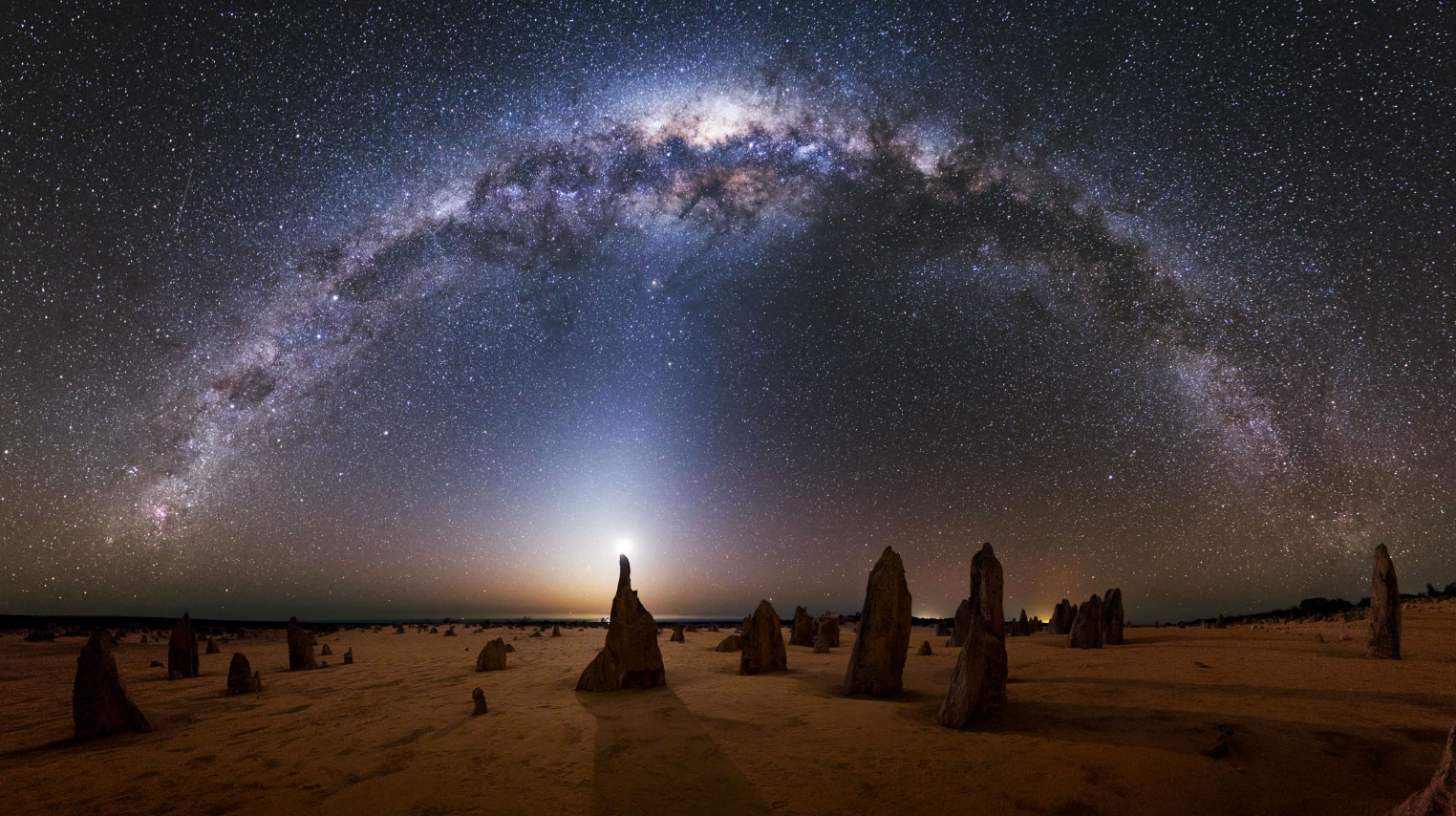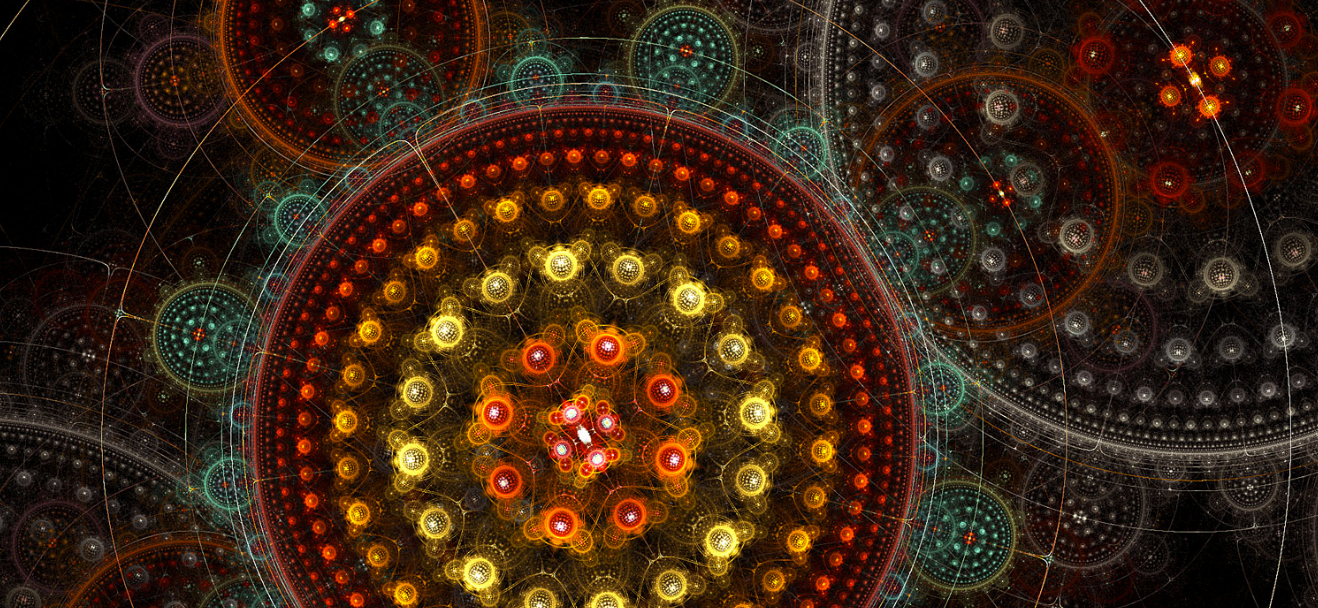Let's go down the rabbit hole to explore the strange realms of reality physicists have dreamed up to make our heads hurt.
The Universe
People used to think that the Milky Way galaxy was the whole universe.
Imagine their surprise when they realized that all of those blobs out there were other galaxies.
The universe got a lot bigger - but they still thought of it as the universe because they could see those other galaxies.
The Multiverse - To Infinity, And Beyond
The concept of the Multiverse is a bit like this, but crazier (see below).
Imagine the entire "observable universe" (everything we can see even with the best telescopes).
The Multiverse is more than that. Much much more. And not just more "stuff". More. Everything. It's weirder than that... you'll see.
Parallel Universes
You've probably heard the term "parallel universe", but what does it mean?
Thoughts of another you, or a universe where Donald Trump is a fish monger, or where Ethereum never hard forked tend to come to mind.
But - that's pretty vague. It turns out that, as confusing as parallel universes are, there might not only be parallel universes, but there may be
FOUR DIFFERENT LEVELS OF PARALLEL UNIVERSES
Is this crazy? Maybe. You can blame MIT physicist Max Tegmark for this (I highly recommend his recent book Our Mathematical Universe).
Professor Tegmark came up with a classification scheme where each "level" of parallel universe has a number, from one to four. Pretty simple, huh? ;)
Level One Parallel Universes
We've all heard of the Big Bang, but how did it come to be that the Universe expanded so quickly?
The leading theory for this is called inflation.
Put simply, it's a way to try to explain the extremely rapid expansion of the Universe after the Big Bang.
Initially, the idea was that this is how the universe got so big, but this inflationary period ended long ago.
Taking it a step further, some leading physicists (including Alan Guth from MIT, and Paul Steinhardt from Princeton) think that this kind of expansion didn't stop.

image credit
So, what does this have to do with parallel universes? We'll get to that. Let's first worry about what it has to do with the size of the universe.
To make a long story short, physicists think that the inflationay models mentioned above imply that our universe might actually be INFINITE.

image credit
Think about that. Try to think about infinity. Imagine how big it is.
...
I'll wait.
...
Done. You're nowhere close. It's really, really, really, really mind blowingly big.
You know Googl? The number, not that crazy old search company. That's a one followed by a hundred zeros.
That's a big number. Now, imagine multiplying that number by itself a billion billion times.
That's pretty big right? It must be close to infinity, right? Wrong. It's nowhere close.
Compared to infinity, that number is nothin'.

So, maybe space is infinite. Big deal. What does this have to do with parallel universes?
Physicists believe that this implies that there are parallel universes within this vast physical universe.
For instance, somewhere, in a galaxy far far away, there's a universe very much like ours, except for the fact that Donald Trump is a fish monger.
Next time we'll discuss the why and how of this strange conclusion.
Fun Fact: I got to go to dinner with Professor Steinhardt in the 90's when he was visiting the University of Massachusetts, Amherst. He's now the Albert Einstein Professor in Science at Princeton University.
If you liked this post, please check out my #introduceyourself post.




